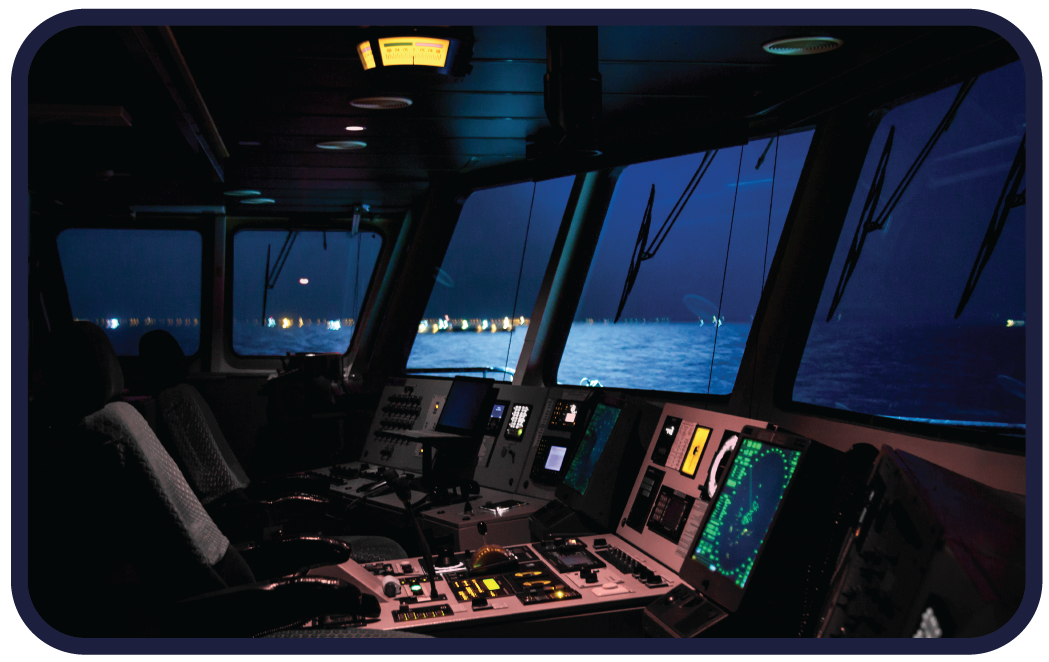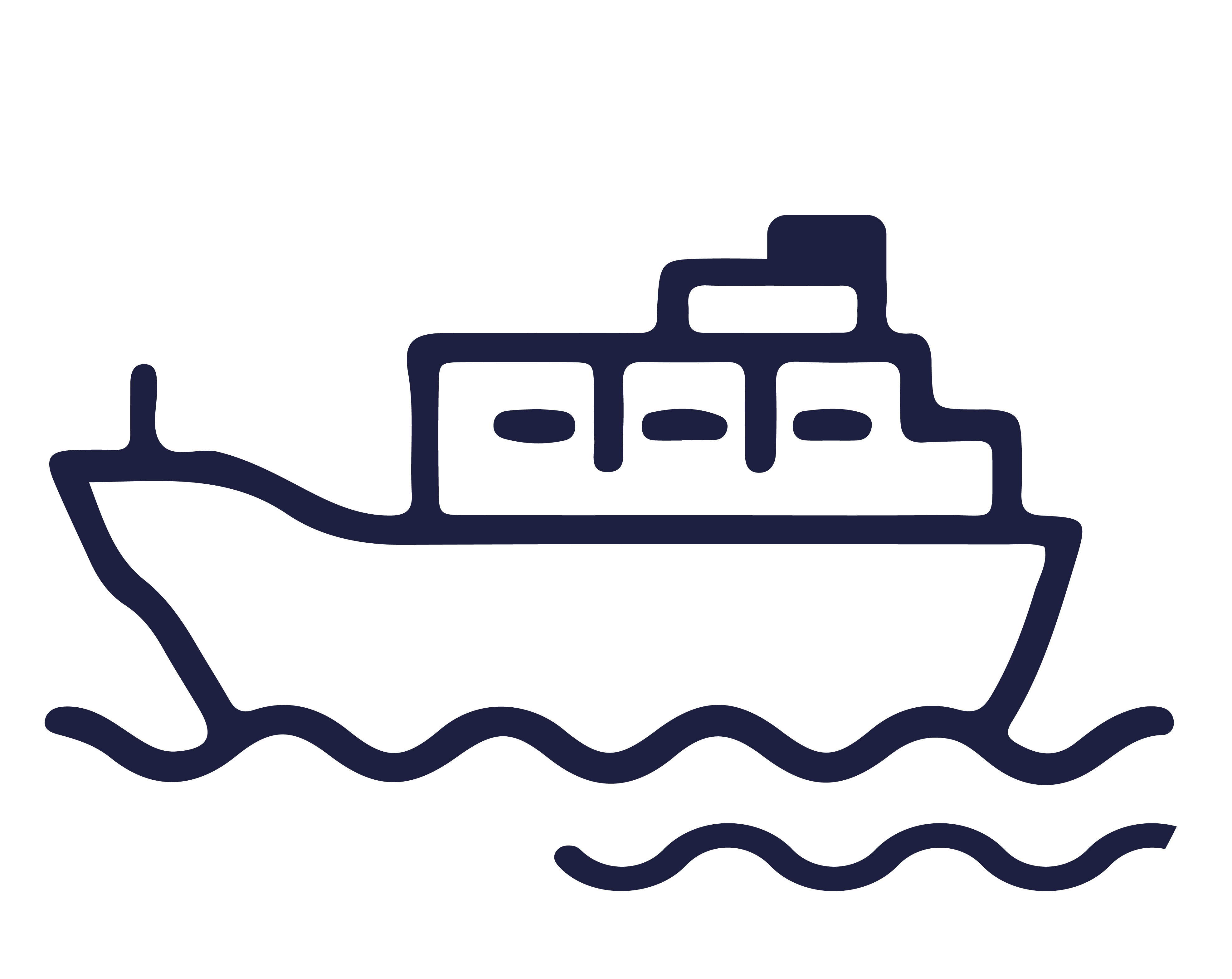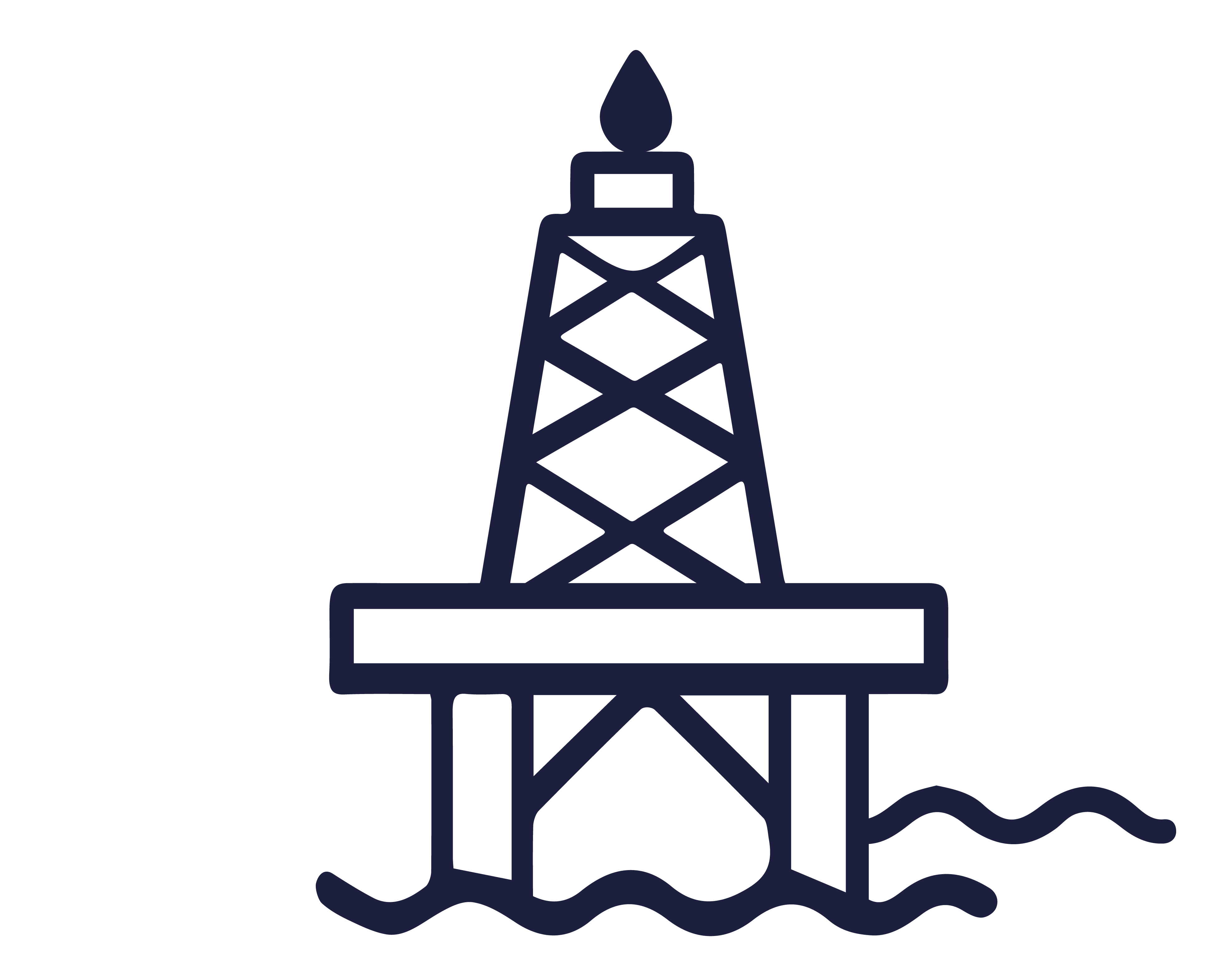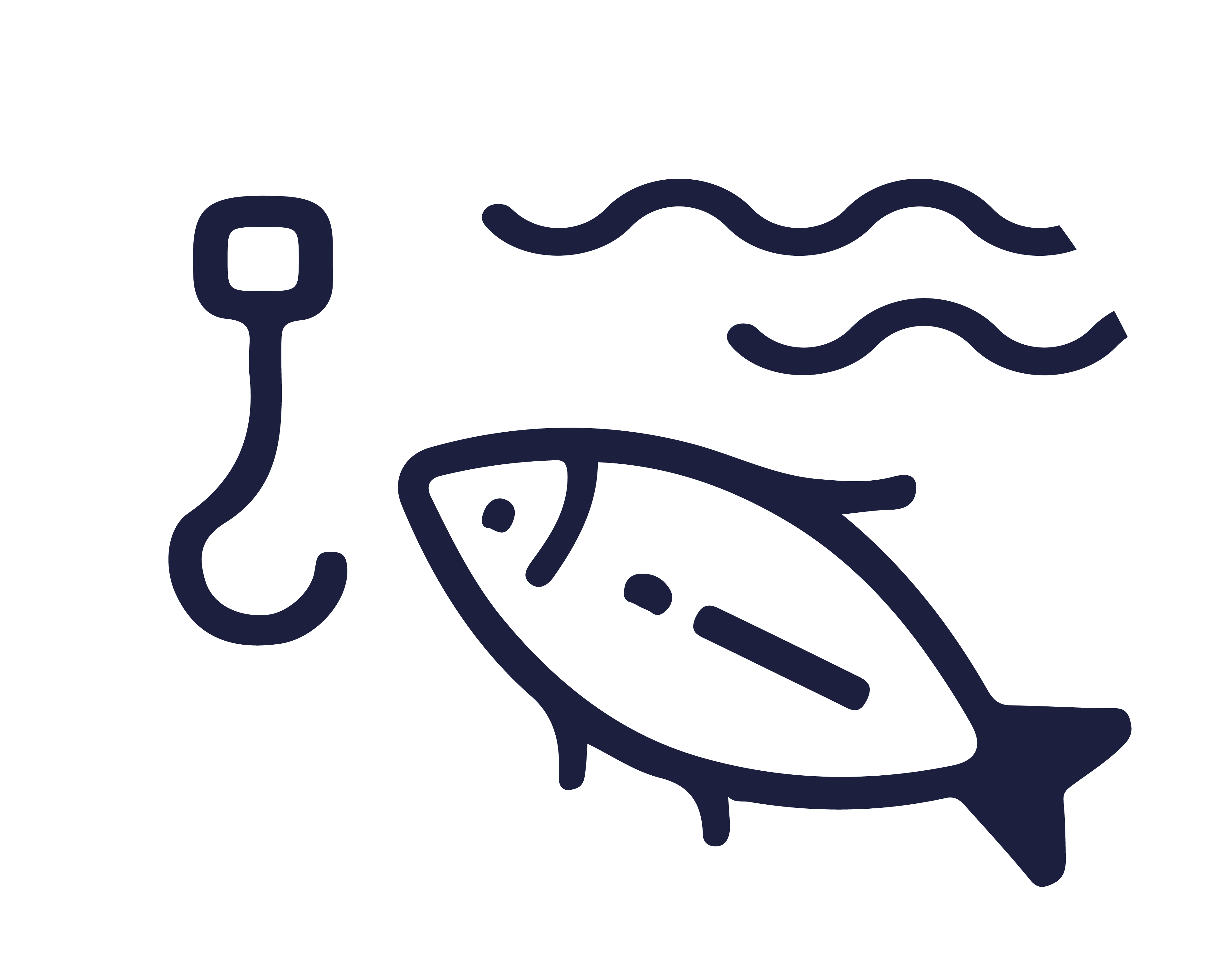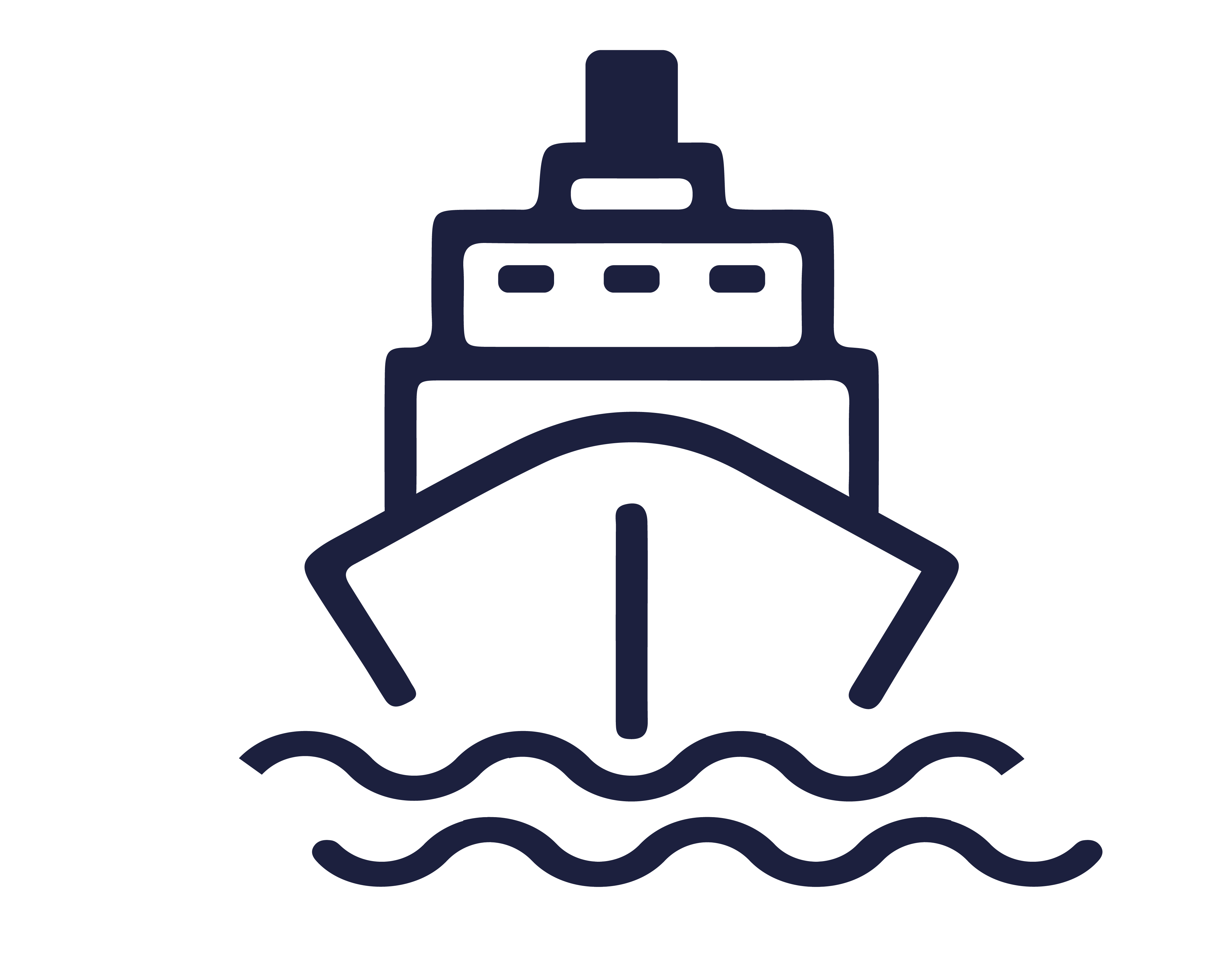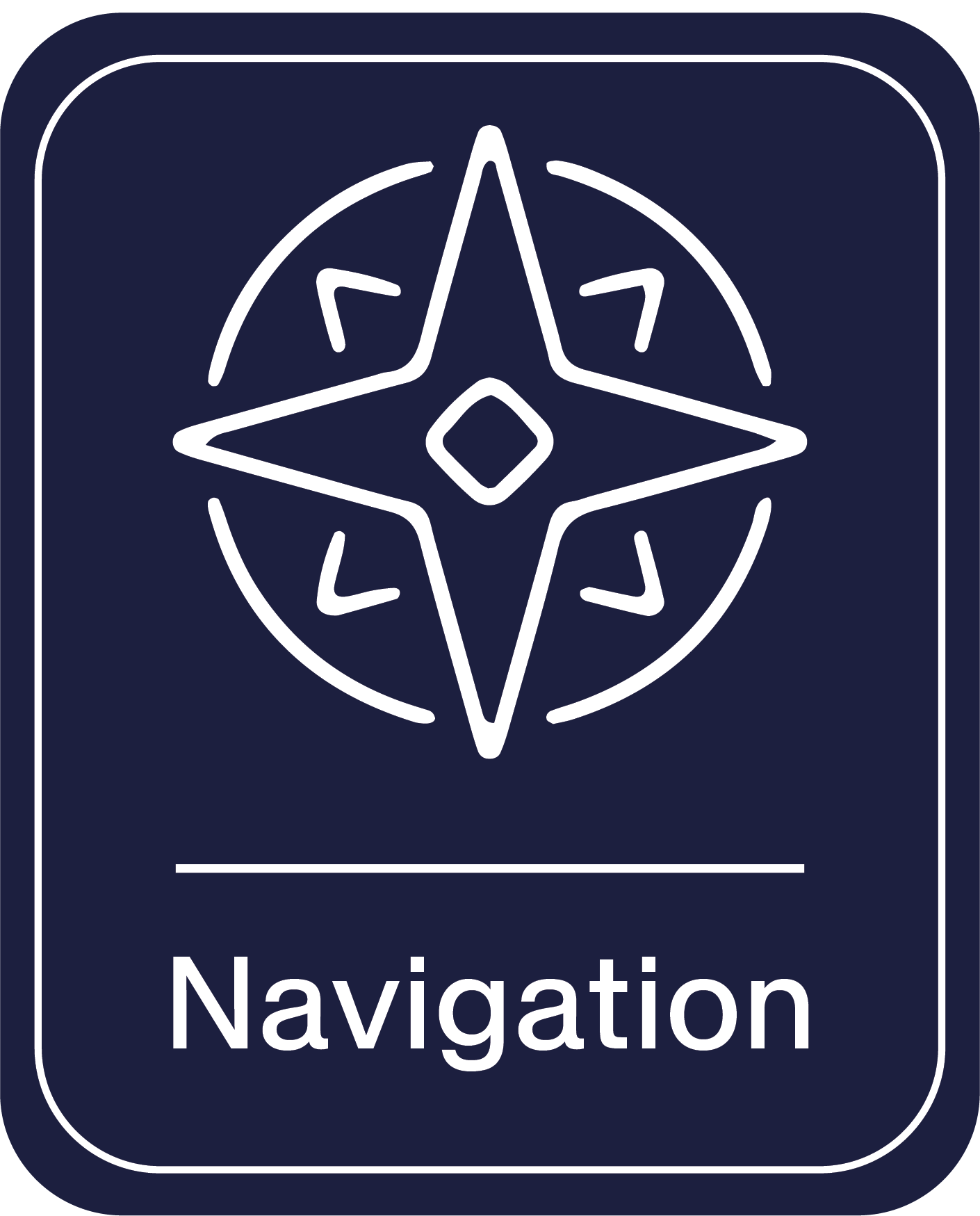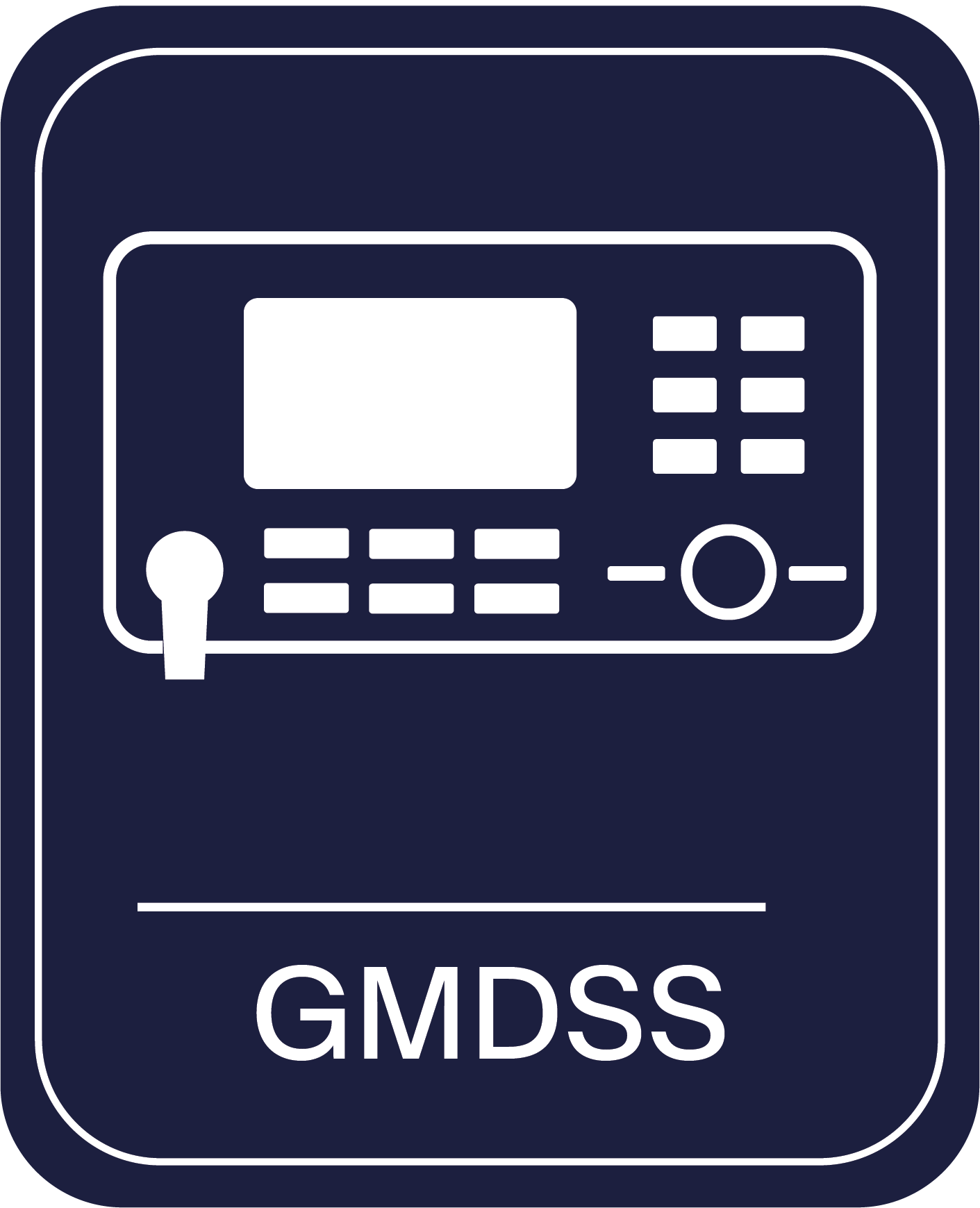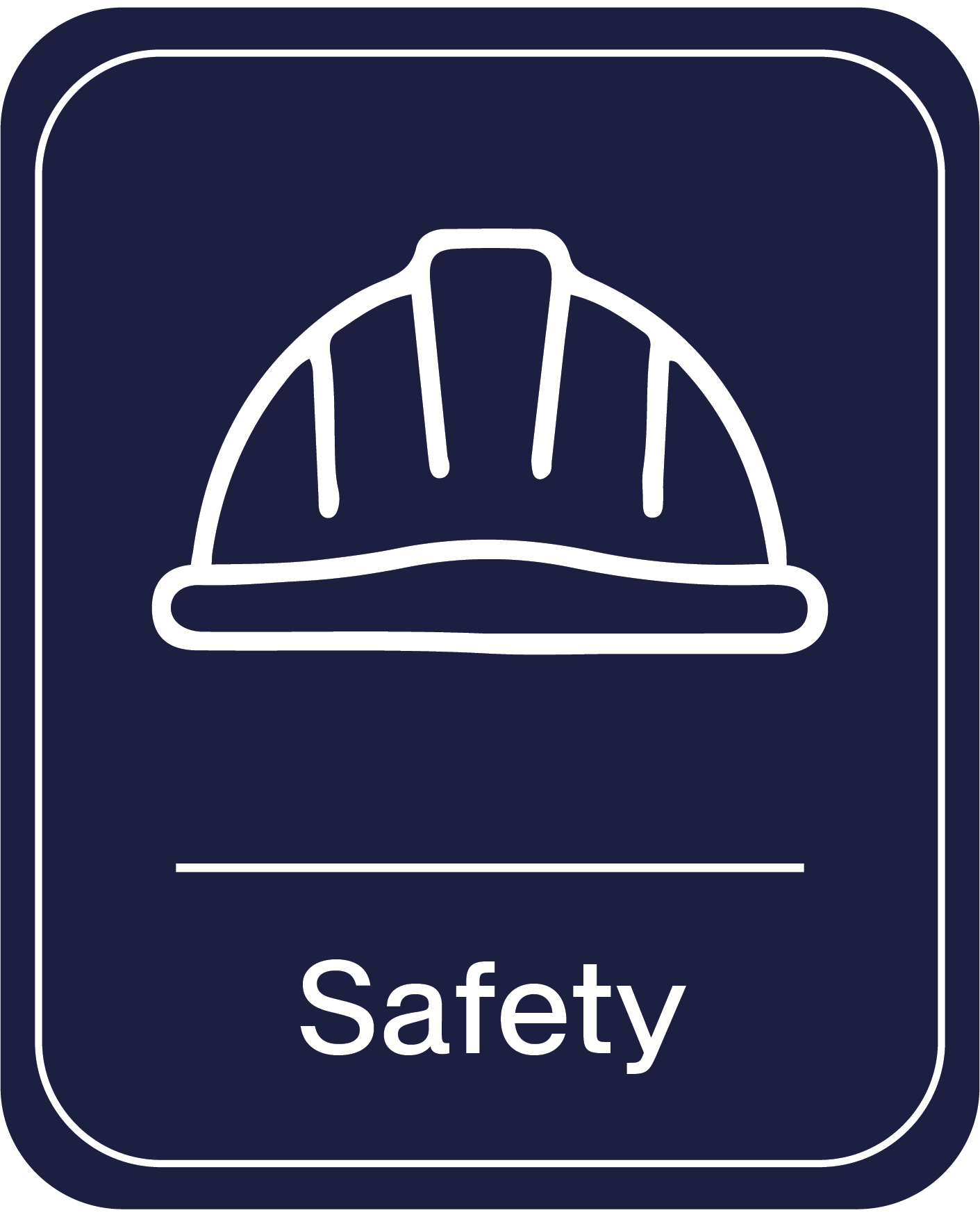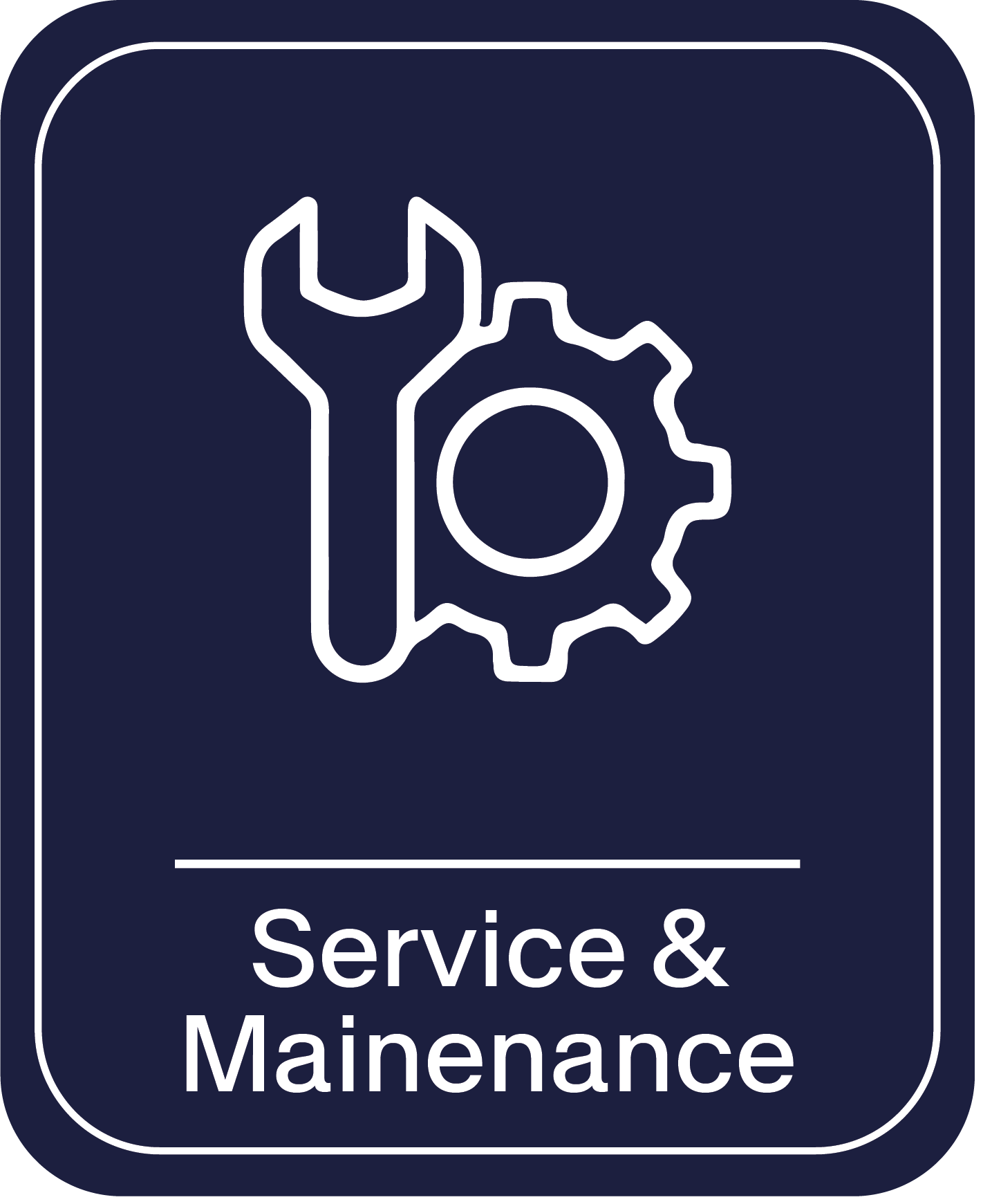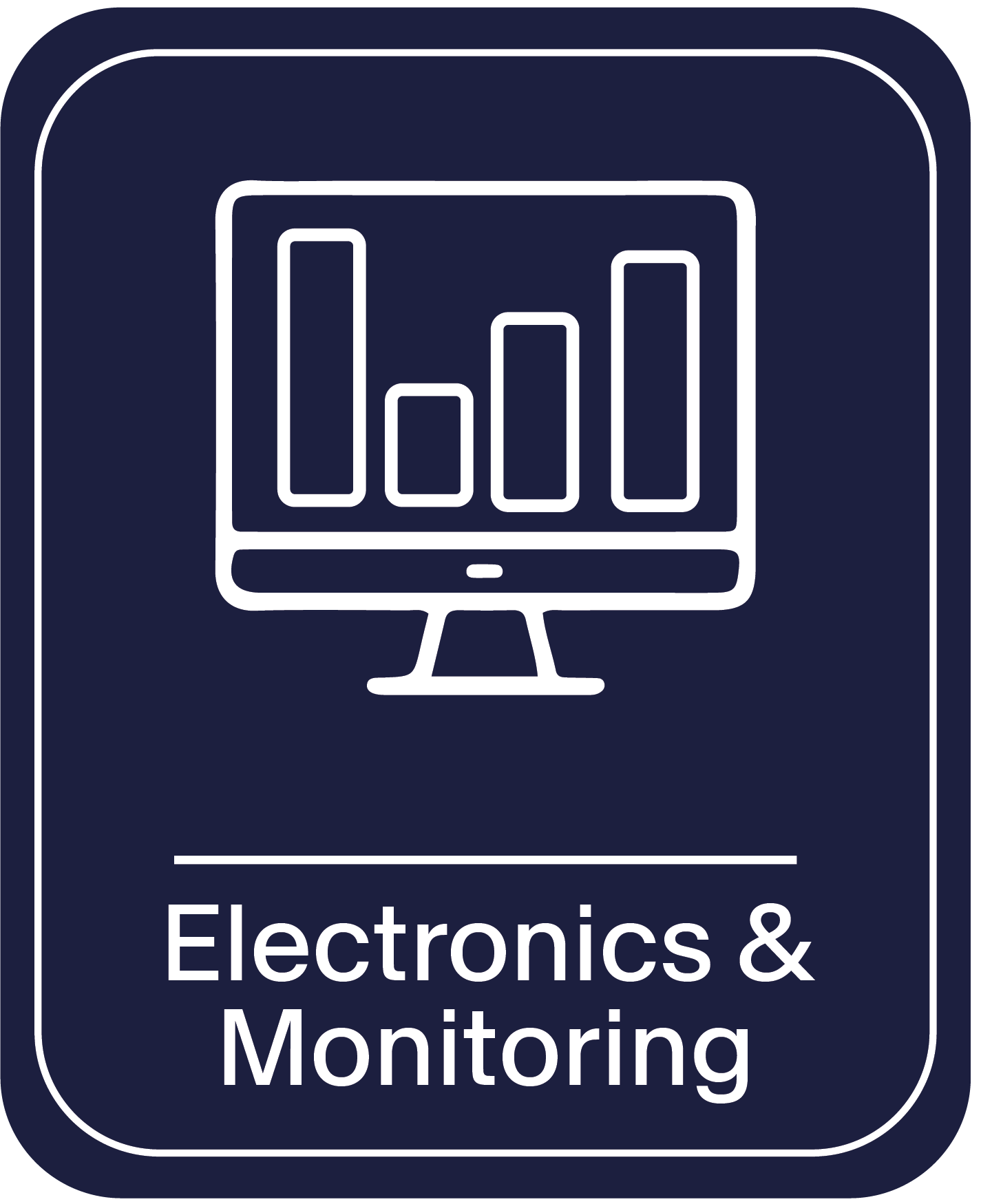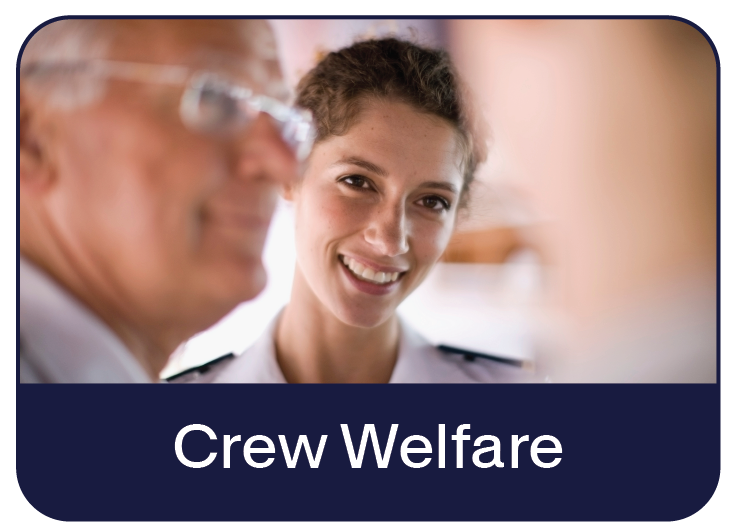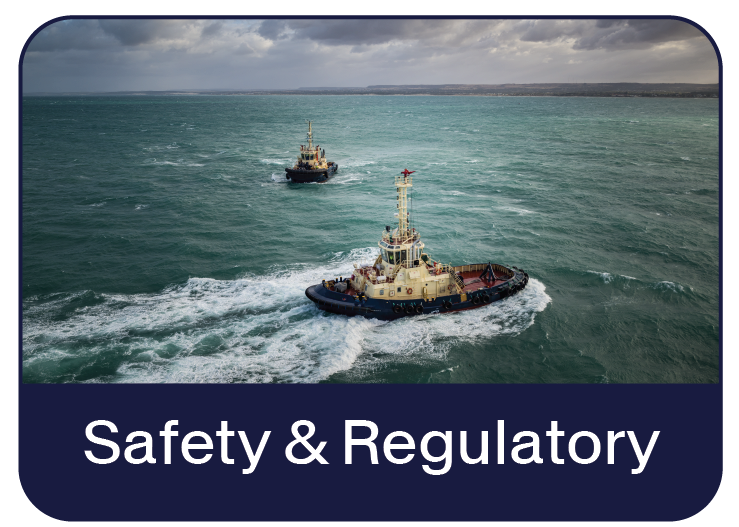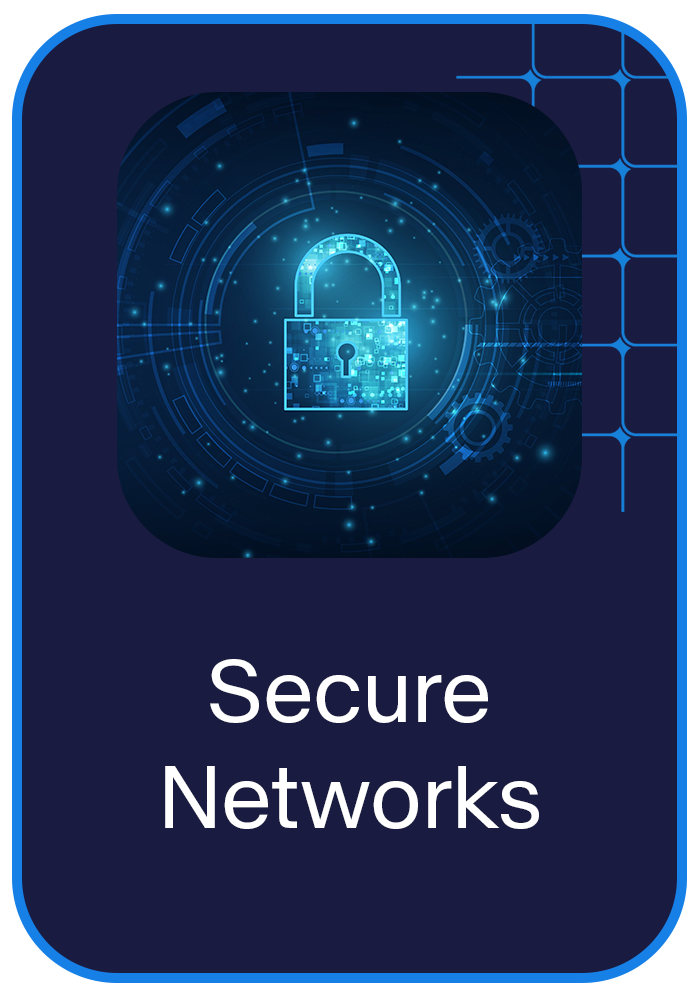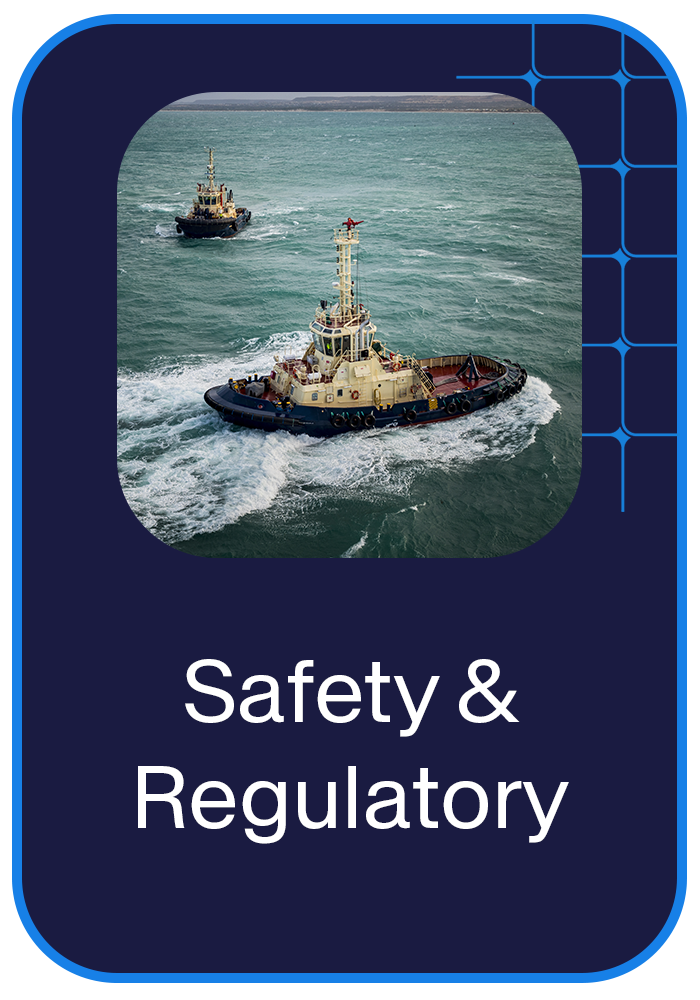Navigation
Pulsar Nauticaᵀᴹ
Navigate with Confidence
Pulsar powers mission-critical navigation systems for the world's maritime fleet.
Our comprehensive suite of bridge technologies, backed by 24/7 global support, ensures your vessels operate with precision, safety, and reliability.


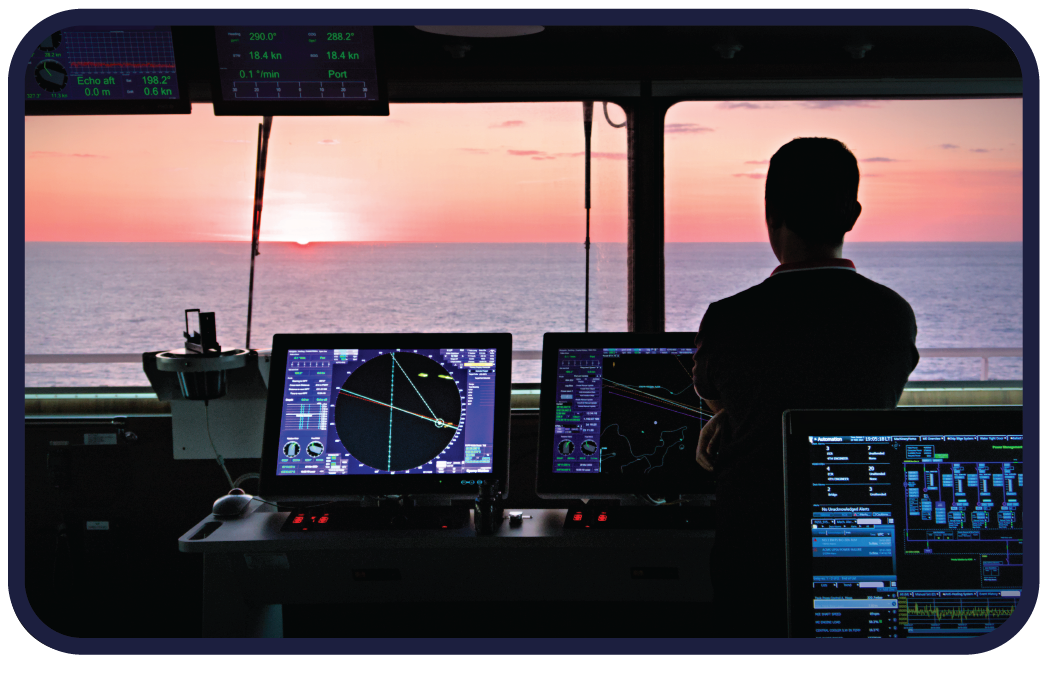

Global Maritime Connection
Local Expert Support
Maritime isn't just a sector we serve – it's in our DNA.
From ECDIS to advanced RADAR systems, every navigation component we deliver is supported by maritime's most experienced technical network. Our specialists are strategically positioned in key ports worldwide, ready to provide immediate, expert service when you need it most.


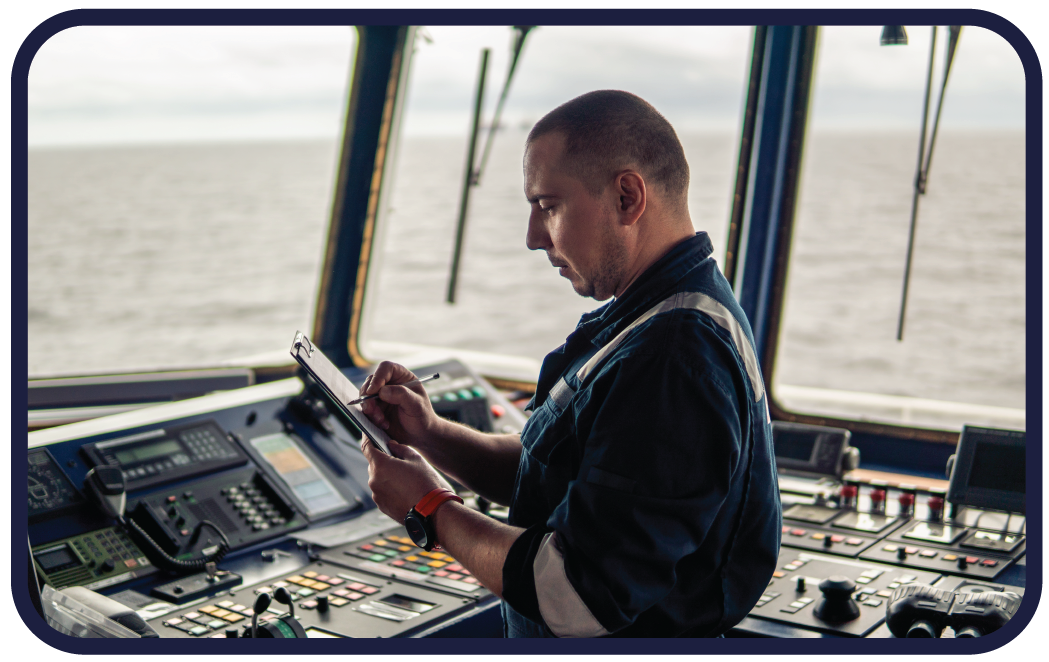

Products and Services
- ECDIS
- RADAR
- CONNING
- GYROCOMPASS
- REPEATER
- MAGNETIC COMPASS
- SATELLITE COMPASS
- COURSE RECORDER
- AUTOPILOT
- RAI ROT
- SPEEDLOG
- ECHOSOUNDER
- SONARS
- GPS / DGPS
- WIND INDICATORS
Looking for guidance? Set your bearings with us.
Frequently Asked Questions
What types of navigation systems are required for commercial vessels?
Commercial vessels must carry specific navigation equipment based on their size and type, as mandated by SOLAS regulations. Essential systems include ECDIS (for vessels over 3000 GT), Radar/ARPA, Gyrocompass, GPS/DGPS, Echo sounder, Speed log, and AIS. Passenger ships and vessels over 10,000 GT require additional redundancy with dual ECDIS systems. Each piece of equipment must be type-approved and certified to meet IMO performance standards. Bridge equipment requirements are also influenced by the vessel's operating area and specific trade routes.
How often should marine navigation equipment be serviced and certified?
Marine navigation equipment requires annual inspection and certification as per IMO regulations. However, specific maintenance schedules vary:
ECDIS: Annual performance test and updates every 3-6 months
Radar systems: Annual performance verification and maintenance check
Gyrocompass: Annual calibration and certification
GPS/DGPS: Annual performance test
Echo sounders and speed logs: Annual calibration
Additionally, equipment should undergo regular maintenance checks between certifications, typically every 3-4 months, to ensure optimal performance and reliability.
What is the difference between Gyro, Magnetic, and Satellite compass systems?
Each compass system operates on different principles and offers distinct advantages:
Gyrocompass: Uses Earth's rotation to find true north, unaffected by magnetic interference, highly accurate but requires power and warm-up time
Magnetic Compass: Traditional system using Earth's magnetic field, requires no power, serves as backup but needs regular adjustment for magnetic variation and deviation
Satellite Compass: Uses GNSS technology for heading determination, provides fast start-up, high accuracy, and additional positioning data but requires clear sky view
Most vessels use a combination of these systems for redundancy and compliance with maritime regulations.
How does ECDIS integration improve bridge operations?
ECDIS integration enhances bridge operations through multiple key benefits:
- Centralizes navigation information from various sensors (radar, AIS, depth sounders)
- Enables real-time route planning and monitoring
- Provides automated alerts for navigation hazards
- Streamlines chart updates and maintenance
- Reduces workload through automated position plotting and voyage documentation
- Improves situational awareness through radar overlay and AIS integration
These capabilities significantly enhance navigation safety and operational efficiency while reducing human error risk.
What emergency navigation equipment support is available in international waters?
Emergency support for navigation equipment in international waters is available through:
- 24/7 global technical support networks
- Strategically located service centers in major ports
- Remote diagnostic capabilities for critical systems
- Flying squad emergency response teams
- Satellite communication-based troubleshooting
Service providers maintain spare parts depots in key maritime hubs and can coordinate emergency repairs with vessels' next port of call.
How long does marine navigation equipment installation typically take?
Installation timeframes vary based on equipment type and scope:
Basic system replacements: 1-2 days
Complete bridge system: 5-7 days
Integrated bridge systems: 10-14 days
Installation planning considers:
- Equipment delivery logistics
- Port availability
- Required system integration
- Testing and certification requirements
Proper advance planning can minimize vessel downtime.
Which navigation systems meet the latest IMO requirements for passenger vessels?
Passenger vessels must meet enhanced IMO requirements including:
- Dual ECDIS systems with independent power supplies
- Multiple radar systems (X-band and S-band)
- Redundant position fixing systems
- Bridge navigational watch alarm system (BNWAS)
- Voyage data recorder (VDR)
- Advanced integrated bridge systems
All equipment must be type-approved and meet performance standards specified in MSC.302(87) for Bridge Alert Management.
What are the SOLAS requirements for bridge navigation equipment?
SOLAS Chapter V outlines mandatory navigation equipment including:
- ECDIS with backup arrangements
- Radar installation with plotting facilities
- Magnetic compass with bearing device
- Gyro compass with repeaters
- GPS/GNSS receiver
- Echo sounding device
- Speed and distance measuring device
- Rudder, propeller, thrust indicators
Requirements vary based on vessel size, type, and construction date, with additional specifications for passenger ships and larger vessels.
Can different brands of marine navigation equipment work together?
Modern marine navigation equipment can integrate across brands through:
- Standardized data protocols (NMEA 0183/2000)
- Common interface standards
- Integration bridges and data converters
- Middleware solutions
However, optimal performance is often achieved through systems from a single manufacturer or verified compatible partners. Professional system integration ensures proper data exchange and functionality across different brands.
What are the advantages of integrated bridge systems versus standalone equipment?
Integrated bridge systems offer several advantages:
- Centralized control and monitoring
- Reduced workload through automated data sharing
- Enhanced situational awareness
- Streamlined maintenance and updates
- Improved reliability through system redundancy
- Unified interface reducing training requirements
- Better space utilization and ergonomics
- Simplified troubleshooting and diagnostics
While standalone equipment offers simpler installation and lower initial costs, integrated systems provide superior operational efficiency and safety benefits.
